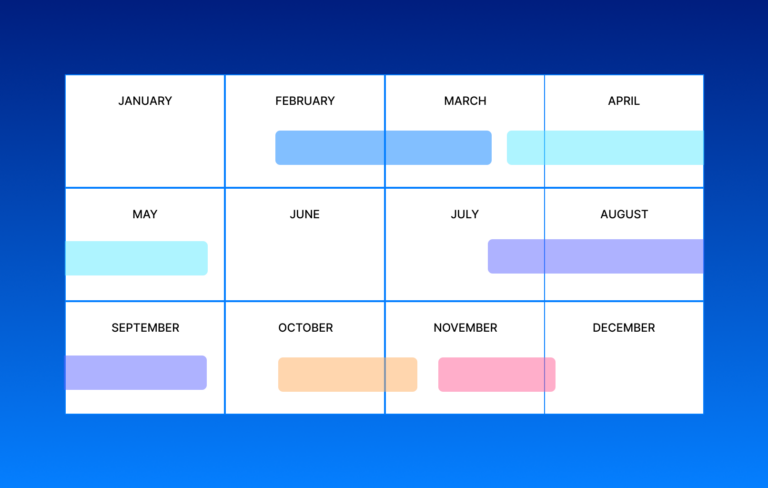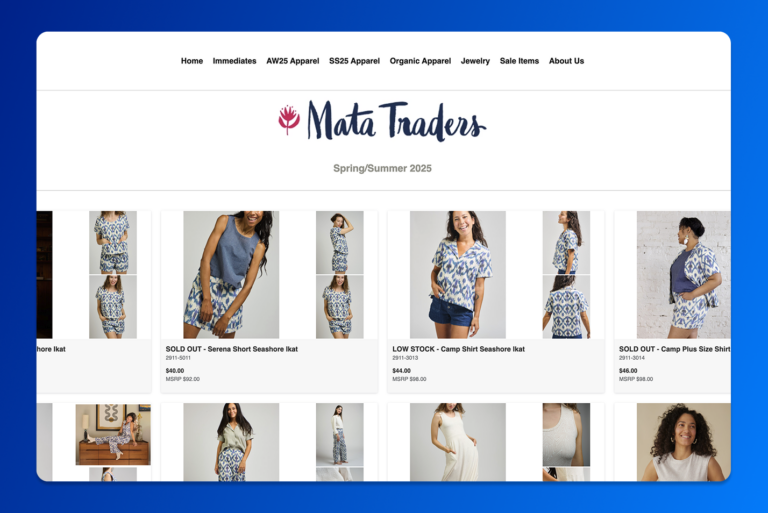Trunk shows might sound fancy, but they’re just smart business. In fashion, they give brands a chance to skip the middleman and go straight to the customer or buyer. You show off the next season’s collection, get real feedback, and possibly lock in some early sales.
If you’re a new shoe brand, a fresh accessories label, or an up-and-coming clothing line, trunk shows aren’t just marketing. They give you a chance to test demand before investing more time and money.
What Is a Fashion Trunk Show?
A trunk show is an event, either in person or online, where brands show off their newest collections to a curated group of retail buyers, press, influencers, and VIP customers before anything hits the shelves.
It’s not your typical store launch. These shows usually come with a few key advantages:
- Exclusive Previews: Guests get a first look at pieces that aren’t in stores or online yet.
- Limited Editions: Some styles are made just for the event, which adds a layer of scarcity.
- Real-Time Feedback: Designers get honest reactions right away, which can influence final decisions.
- Immediate Ordering: Buyers can place their wholesale orders on the spot, and customers can pre-order or grab limited items early.
By opening up their latest collections directly to a select audience, brands create early momentum, lock in sales before production wraps up, and make smart adjustments based on what people actually want.
Why Trunk Shows Are Important
- Accelerate Cash Flow
Early orders from buyers and pre-sales from customers help fund production cycles, reducing reliance on credit and minimizing inventory risk. - Validate Product & Fit
Try-before-you-produce: seeing garments on real people allows brands to assess fit, fabric performance, and design details before mass manufacturing. - Build Brand Loyalty
Hosting intimate events cultivates relationships with top-tier buyers and brand advocates, turning them into long-term partners or ambassadors. - Create Exclusive Buzz
Limited-time access and preview-only pieces generate excitement among trendsetters, press outlets, and social media audiences—boosting word-of-mouth marketing. - Optimize Production Planning
- Concrete order data and attendee feedback inform accurate production runs, reducing costly overproduction and markdowns.
Types of Trunk Shows
| Format | Description |
| In-Store Pop-Ups | Hosted in boutique or department store spaces; designers staff events and interact with guests. |
| Private Appointments | One-on-one or small group sessions—ideal for high-value wholesale buyers or VIP customers. |
| Virtual Showrooms | Digital platforms where buyers log in to view lookbooks, place orders, and attend live demos. |
| Traveling Tours | Designers crisscross key markets—New York, Los Angeles, Chicago—to meet buyers in multiple cities. |
Each format offers unique advantages, and many brands blend multiple approaches to maximize reach and sales.
How to Host a Successful Trunk Show
Get the Timing Right
Plan your show 2 to 3 months before you start bulk production. For a Fall line, that usually means late spring. For Spring collections, aim for late summer. This gives you room to adjust based on what actually sells.
Invite the Right People
Don’t just fill the room. Focus on buyers, editors, stylists, and loyal customers who can move the needle for your brand. Think about who aligns with where you’re headed and how you sell—whether it’s wholesale, DTC, or both.
Come Prepared
Have your samples ready and bring line sheets that spell out style numbers, pricing (wholesale and retail), and size and color options. Make it easy for people to order on the spot.
Handle the Details
Use a clear order form and set deadlines for deposits or confirmed orders. After the event, follow up quickly. Confirm everything and loop it into your production plan.
Promote It Smartly
Build buzz with email invites, social posts, and partner shoutouts. This isn’t about throwing a party. It’s about driving interest and locking in real orders.
How ApparelMagic Empowers Trunk Show Success
Growing brands face tight timelines and complex inventory needs—especially when planning trunk shows. ApparelMagic’s cloud-based ERP/PLM platform makes it easy to:
- Manage Sample Inventories: Track garment prototypes and attendee favorites across multiple warehouses.
- Generate Line Sheets Instantly: Create professional, customizable catalogs for buyers with real-time pricing and specs.
- Capture & Sync Orders: Record wholesale preorders or on-site purchases, then push them directly into your production pipeline.
- Write & Route Feedback: Use our built-in PLM feedback tools to log buyer and customer reactions—then adjust spec sheets on the spot, all within the same interface.
- Nurture Relationships: Our CRM module keeps all your trunk-show contacts, conversations, and follow-up tasks in one place—so you never miss an opportunity.
- Forecast Demand Accurately: Analyze past trunk show performance and real-time orders to predict optimal production quantities.
- Seamless Point-of-Sale & Integration: No two brands sell the same way—so ApparelMagic plugs into your workflow however you need it.
- Shopify POS & Square: Sync trunk-show orders and retail transactions in real time, across multiple price groups and customer tiers.
- ApparelMagic POS: Our turnkey solution runs in-browser—no extra hardware needed—letting you sell with flexible price levels, customer-specific discounts, and instant stock updates.
ApparelMagic brings everything together in one place: orders, feedback, product specs, and customer data. You can plan, produce, and follow up on your trunk shows without switching between tools. It gives you what you need to turn early interest into sales, stay on budget, and deliver on time.







